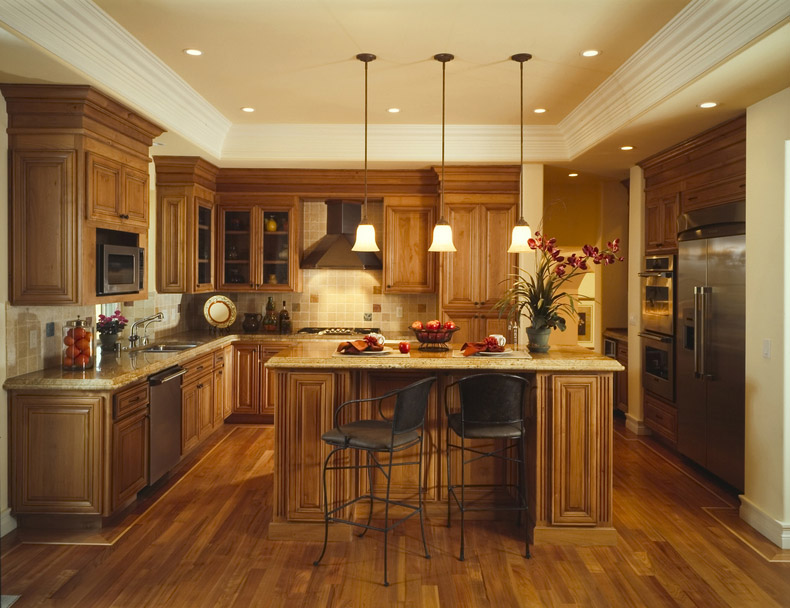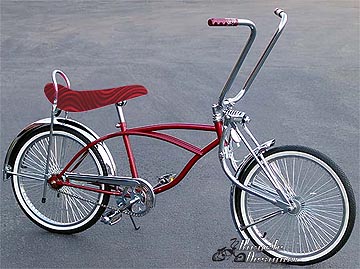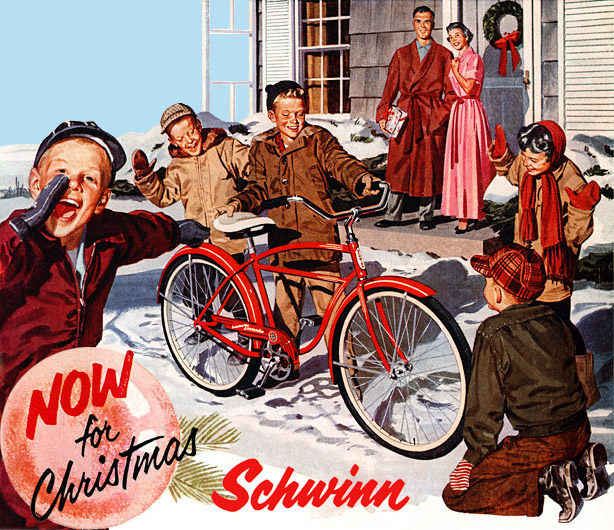Tis the Season to be shoveling
So, it's Sunday, my first official day home from Chicago, and I'm sitting in my Mom's house while she's at work, it's snowing like crazy outside and the phone rings. I answer it, it's one of my Mom's friends and she jokingly asks how the shoveling is going. I reply, "haha, it's not." She responds, "You aren't going to let your Mom do it are you!?" and so I thought, I am a terrible person. I, a 21 year old male, am going to sit at home all day flipping through an endless amount of feeds, while my Mom works all day, waiting for her to return home where she will shovel the driveway, and I will take her car to go sledding with my friends (yeah we never took the time to learn to ski or anything cool like that but we'll talk about that later.) So here I am, like "shit...I gotta shovel the driveway or else I am the worst son ever..." SO I bundle up, throw my Grado's into my iPhone, crank up the Beasties and hit the driveway. My first thoughts are something like "it's cold, snow sucks." I start thinking of ways I could shovel faster, or how in the future you could avoid shoveling. I imagine laying down huge blue tarps over the driveway the night before a big snow then ripping them off the following morning with a truck, pulling all the snow right off the driveway. For a minute it seems almost legitimate. Maybe if I could design a seem which would split the tarp sending the snow to both sides then we wouldn't end up with a mountain of snow at the end of the driveway. I think about how the packed car-treaded ice/snow is so much harder to shovel and how I shoulda charged all those neighbors more as a kid if they had driven over the snow...It's at about this point that I recall all the winters I would spend shoveling snow at my Dad's house, how we'd always tag team the job and how it was fun for the first 5 minutes before I lost sensation in my extremities.
My first thoughts are something like "it's cold, snow sucks." I start thinking of ways I could shovel faster, or how in the future you could avoid shoveling. I imagine laying down huge blue tarps over the driveway the night before a big snow then ripping them off the following morning with a truck, pulling all the snow right off the driveway. For a minute it seems almost legitimate. Maybe if I could design a seem which would split the tarp sending the snow to both sides then we wouldn't end up with a mountain of snow at the end of the driveway. I think about how the packed car-treaded ice/snow is so much harder to shovel and how I shoulda charged all those neighbors more as a kid if they had driven over the snow...It's at about this point that I recall all the winters I would spend shoveling snow at my Dad's house, how we'd always tag team the job and how it was fun for the first 5 minutes before I lost sensation in my extremities.
Across the street, a man pushes a snow-blower across his driveway throwing snow with the least amount of effort possible and my perspective shifts. I wonder how much carbon is slung in the air along with that snow, and how snow-blowers are just another piece of the problem. I realize, shoveling snow is actually a sustainable activity, compared to the snow-blowing and it's actually healthy. It gets you out of the house and exercising, not simply walking in lines. Snow-blowers are unnecessary, buy a cool shovel instead.
Though I remember hating shoveling snow as a kid, I look back on it as a good memory, time spent with my Dad. It's actually kind of fun if you have the right frame of mind. I mean, you can make patterns, try and figure out the best way to rid the drive of winters rain. Plus, if you are lucky, you have the opportunity to spend some time bonding with family. Lets face it, its not so often families collaborate to attack a common goal, so there is a sense of bond building. It's an experience I would like to do with my kids when I get a bit older. It must be exciting to be a parent and watch your kid all bundled up trying to shovel snow with their mini orange shovels, throwing the occasional tantrum while you try to explain why the snow needs to go bye-bye. I don't think I ever understood the whole experience of snow shoveling until now... In addition to the quality...ish time with the fam, you're also immersed in the season. There is nothing that symbolizes winter and the working man like snow shoveling. Now, I take the occasional break to look around and admire the newly created landscape. The mish mosh pattern created by driveways covered in snow contrasted with freshly shoveled drives. The genome like pattern created by car treads in the street, the mini snow mountains flanking the suburban driveways. I see now, that all along, snow shoveling was allowing me to really experience the season, an experience rarely cherished and often despised by the millions of Midwesterners who endlessly complain about the weather. I love the weather, the seasons, it makes life not so predictable. There is something refreshing about waking up to a landscape completely fresh from the day before.
Once my chore turned mini-adventure came to an end, I stepped inside the house, which now seemed 1000 times toastier than before. The warmth is a relief and the house is the most cozy it's been all day. I strip off my winter gear, grab a blanket, my mac and cuddle up on the couch to begin typing. Reflecting on the activity which, unexpectedly, provided me with so much fodder for thought and motivation.





















